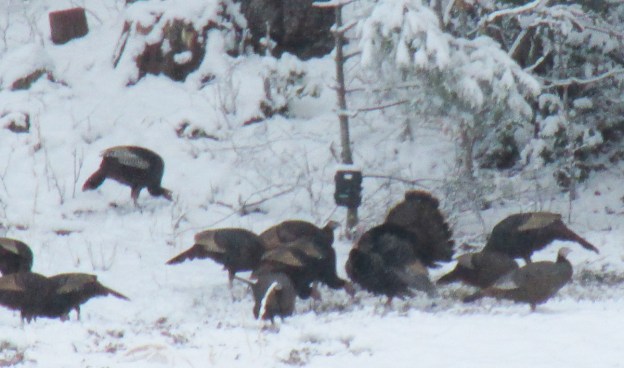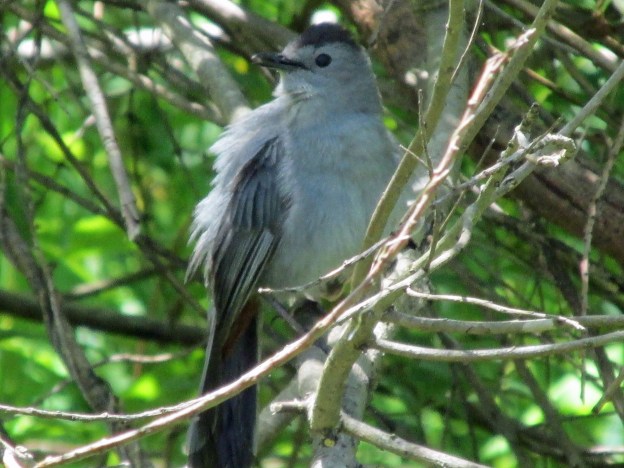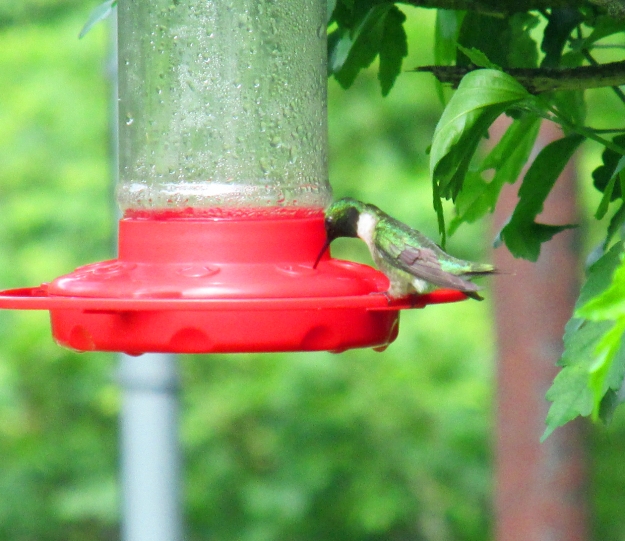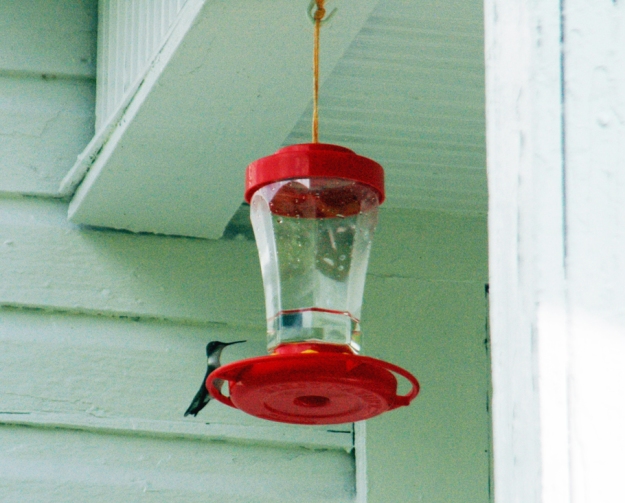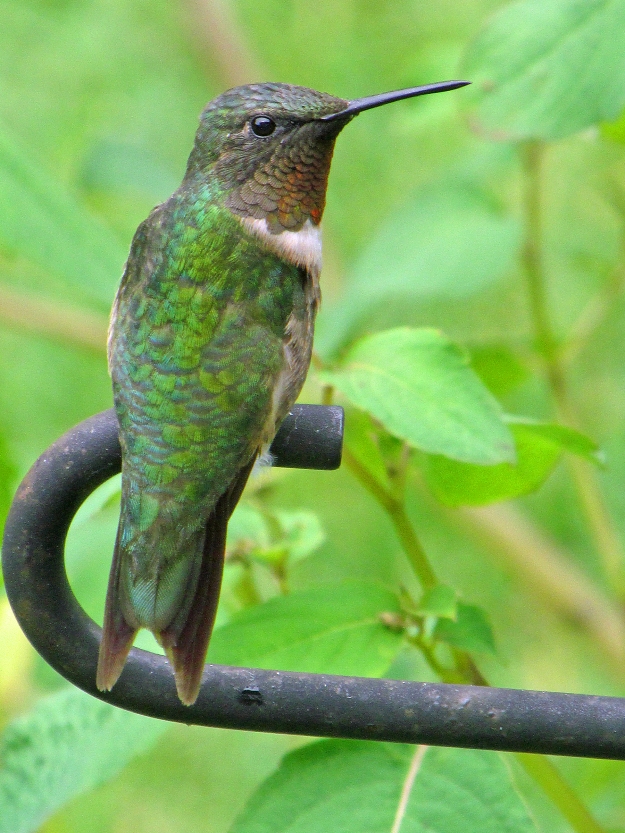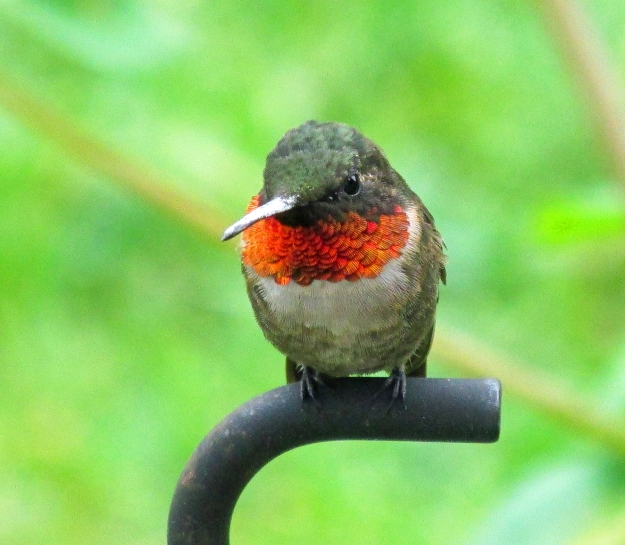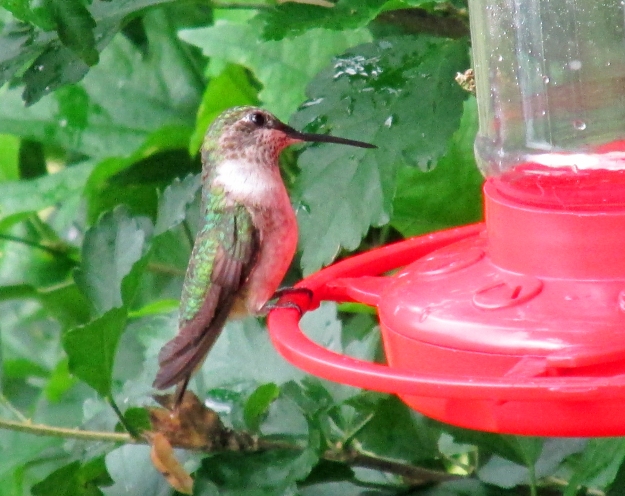
Photo by AGAMA/Adobe Stock • Adult male black rail (Laterallus jamaicensis) standing in a swamp during the night in Brazoria County, Texas. The black rail is a secretive, rarely seen bird of wetlands and marshes. Much smaller than other members of the rail family, the bird doesn’t offer even determined birders any easy observations.
On Wednesday morning, Oct. 13, I fetched my mom’s newspaper before heading to work. Scanning the front page headlines while walking back from the mailbox, I missed a tiny bird.
The bird flushed into a panicked flight at the last possible second from right under my feet. At a glance, I knew at once that I’d seen something incredibly different. I can only describe the bird as a black, somewhat pear-shaped bird, perhaps a little larger than a typical sparrow, with a less than elegant flight that took it a couple of feet into a stand of cattails and other wet-loving vegetation.
Then, just like that, the bird was gone. After that brief encounter, which may have lasted at best a second or two, the bird vanished. With sparrows or warblers, an observer can squeak some notes to persuade a curious bird to come back into sight. I tried and got no response.
Of course, I didn’t think I’d seen a warbler or a sparrow. In an instant, perhaps one of the most significant bird sightings I’ve ever had at my home was concluded but hardly resolved.
I remained standing, staring, trying to determine what I’d just seen. I had an idea, but it was almost too unexpected and too unsupported to entertain. I won’t be adding it to my life list of birds seen, but I am fairly confident that I saw a black rail, one of the tiniest representatives in a family of birds that also include sora rail, Virginia rail, clapper rail and king rail.
When I describe the bird as tiny, it’s not an exaggeration. Adults are bigger than most sparrows but smaller than an American robin. They are gray-black birds speckled with white on the back. They have a black crown and chestnut patch evident on the back of the neck. The bill is black.The legs range from pink to wine-colored. The most striking feature of this bird, if observed under favorable conditions, is its bright red eyes.
Many birders have probably enjoyed a flight of fancy while imagining a beady pair of red eyes staring back at them from dense marsh vegetation. The black rail is so difficult to observe that it has become a sort of feathered “holy grail” for birders. I was certainly not expecting the possibility of my path crossing with this tiny wanderer.
The black rail has not been extensively studied by scientists, which means much about this elusive bird of marshes and wetland is poorly understood. There are different reasons behind the mysteries surrounding the bird.
For instance, although it does vocalize, black rails call mostly after dark. Not many people go wandering through marshes at night, so black rails largely go unheard.
In addition, when these small birds perceive a threat, they prefer running through dense vegetation instead of taking flight. Some black rails in northern areas are migratory, so these birds are capable of sustained flight. They simply don’t like to fly unless circumstances dictate flight upon them. They’d prefer to scurry through wetland, much like a small rodent. They are even known to take advantage of trails blazoned through marshes by mice and other small rodents.
A few aspects of my observation work in favor of the bird being a black rail. I’ve seen other rails — sora, Virginia rail and clapper rail — on multiple occasions. Virginia rail and clapper rail can be ruled out. They’re too large and too different in appearance to be mistaken for a black rail. The sora bears a certain similarity to a black rail, but it is mostly brown and gray with a yellow bill. It’s also larger than a black rail.
Once the black rail’s close kin are eliminated, there aren’t any other likely suspects that might be confused with it. It’s frustrating. I will likely always refer to this sighing as “the bird that looked a lot like a black rail.” My hesitation stems partly from the simple fact that so many birders are unable to ever get a look at this bird. Why should I have had better luck, even if only for a split second?
Incidentally, two of my best rail sighings have taken place in Erwin.
Back in 2000, I observed a Virginia rail stepping delicately and deliberately though some cattails and other vegetation on the fringes of the wetland area adjacent to the large pond at Erwin Fishery Park. I watched the bird move carefully and deliberately through the vegetation. It was only for a moment or two, but it was of longer duration than my recent “blink-and-you-missed-it” observation of the black rail in my driveway.
My best observation of a sora took place in the spring a few years ago during a visit to the boardwalk over the wetlands near the industrial park in Erwin. The boardwalk is part of the extended linear trail in town. I was birding that day with Margaret Roy, the former manager of Mountain Inn & Suites of Erwin.
Margaret wanted to learn more about birds, and we really got lucky when we found such an uncommon bird only minutes after we stepped onto the boardwalk. It was as simple as looking down on the mudflats and noticing an odd, plump bird walking without concern beneath us. From our elevated viewing platform, we got excellent looks through binoculars and I took some photos.
Early naturalists, even without benefit of binoculars, were aware of the black rail. John James Audubon, the famous painter and naturalist, painted a black rail and its chick. Audubon referred to the elusive denizen of wetlands depicted in his painting as the “least water-rail.” Others have called the bird by such names as “least water-hen,” “little black rail” and “black crake.” In some parts of the world, rails are referred to as crakes, but they are basically all the same type of bird.
According to the website, All About Birds, black rails have been eliminated from many saltwater tidal habitats. The website even encourages people to listen for black rails in spring in freshwater wetlands. Although they favor tidal habitats on the coast, black rails will nest in a variety of wet meadows, marshy edges, and even along creeks and rivers. Some event attempt to nest around farm ponds or fields of hay with standing water.
Black rails are scarce, but they do range throughout the United States and Canada. The two states with the most black rails are Florida and California. Unfortunately, those two states feature habitats under siege from human encroachment.
Because of their small size, black rails are limited water that is more shallow than used by most rails. They feed on seeds, insects, crustaceans and mollusks. In 2015, the black rail was confirmed as a nesting species in South Carolina after long being classified as a non-breeding migrant to the state.
High tides that force these birds from their dense cover make them vulnerable to predators ranging from herons and hawks to foxes and cats.
Rails belong to the family of birds known as Rallidae, which includes not only crakes and rails, but coots and gallinules, too. The entire family consists of about 150 species, including bird with such descriptive names as grey-throated rail, ash-throated crake, snoring rail, invisible rail, chestnut rail and striped crake. Many species of rails, particularly those that evolved on isolated islands, have become flightless.
There’s a saying that lightning never strikes twice. I’m hoping the saying is wrong. I’ve learned a lot about this fascinating bird while researching the topic of black rails after my all-too-brief sighting. I’d very much like to get a more satisfying look at a black rail some day.
Fingers crossed.






















